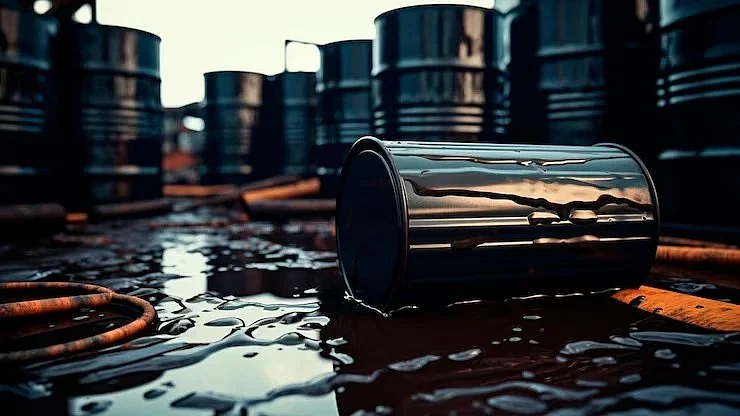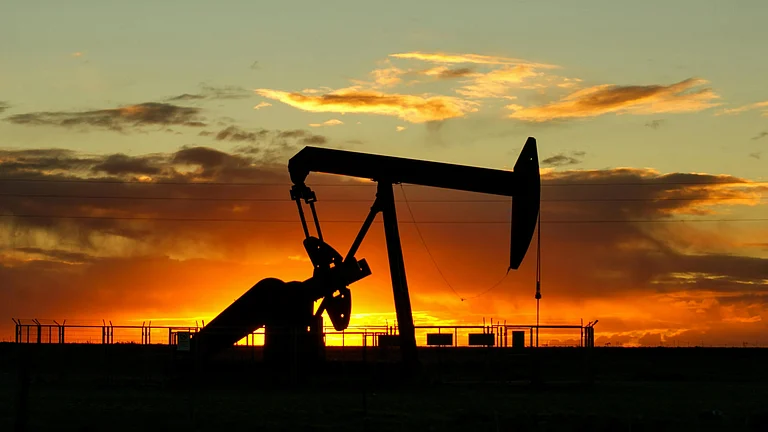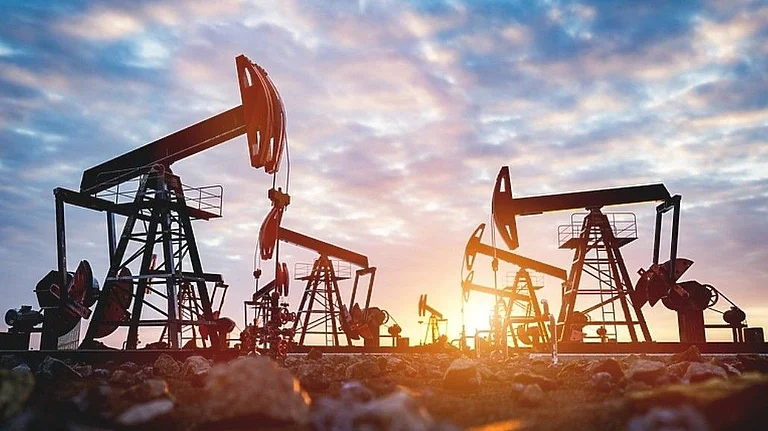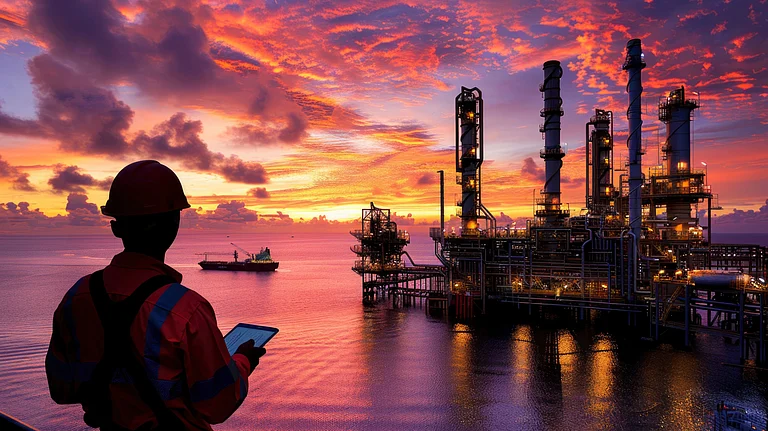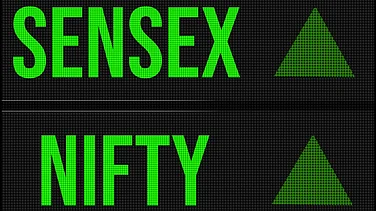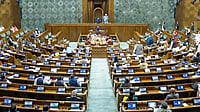
Brent crude may touch $80 as US–Russia tensions spark fears of supply disruption.
Experts say Trump's tariff threats and sanctions could send ripples across global oil markets.
India denies halting Russian crude imports, says sourcing is driven by economics, not politics.
As geopolitical tensions heat up between the US and Russia, global oil markets are bracing for more volatility. Experts warn that Brent crude could climb to $80 per barrel in the coming months, driven by concerns over supply disruptions, tighter spare capacity, and uncertainty over India’s continued reliance on Russian oil.
NS Ramaswamy, Head of Commodities & CRM at Ventura Securities, told ANI, “Brent Oil (October 2025) from $72.07 has a short-term target of $76. By the end of 2025, we could see it in the $80–82 range. The downside support and cap is around $69.” He added that US President Donald Trump’s latest warning to Russia, giving Moscow 10–12 days to end the war in Ukraine or face additional sanctions and secondary tariffs could drive prices higher. These new sanctions would include 100% tariffs on countries continuing to trade with Russia.
Such a move could have widespread ripple effects. Countries reliant on Russian oil would face a difficult trade-off between sourcing cheaper barrels and risking steep tariffs on exports to the US.
For WTI Crude (September 2025), prices are forecast to move from the current $69.65 to $73 in the short term, with a potential year-end target of $76–79, according to Ventura. The downside support level stands at $65.
Experts caution that if Russia’s oil exports are squeezed out of global markets, the shock could tighten supplies and push prices significantly higher through 2026.
“Russia exports 5 million barrels of oil into the global supply system every day,” energy expert Narendra Taneja told ANI. “Crude oil could easily rise to $100–120 per barrel or more if that supply is taken off the table.” He noted that while India’s refiners would not face a supply shortage, as they import from over 40 countries, shielding Indian consumers from higher prices would be challenging.
Even if Saudi Arabia and other OPEC nations step in to plug the gap, such a transition would take time, leaving markets vulnerable in the near term. A supply deficit could emerge even without further OPEC+ production cuts, experts warn.
Recent developments, such as the US-EU trade agreement, have provided some support, but market sentiment remains fragile. With the US Federal Reserve’s upcoming rate decision and fluctuating inventory levels also in focus, oil prices are expected to remain volatile.
Meanwhile, confusion emerged over India’s stance on Russian crude. After President Trump claimed that India had stopped buying oil from Russia, Indian government sources told ANI that the claim was inaccurate. Refiners are still sourcing Russian oil, they said, with decisions guided by price, grade, inventory, logistics, and broader economic factors, the ANI report stated.
Recalling the price shock in 2022, the report revisited fears of Russian oil being pushed out of the market and the consequent dislocation of traditional trade flows drove Brent crude to $137 per barrel in March 2022.
India, which imports about 85% of its crude oil, has adapted its sourcing strategies to maintain affordable and secure supplies. According to ANI, officials argued that India’s imports of discounted Russian oil, combined with OPEC’s cuts helped stabilise global prices and prevent further inflationary pressure.
“India acted as a responsible global energy actor, ensuring markets remained liquid and prices stable,” the report said citing sources. “Our purchases were fully legitimate and complied with international frameworks.”
Though Russian oil is not under direct sanctions, it is subject to a G7-EU price cap aimed at limiting Moscow’s revenues while allowing oil to flow. Indian officials reiterated that their sourcing approach has always been guided by national interest while aligning with global norms.






